Plants that grow naturally in an area without human introduction
Native plants
Buckeye Tree
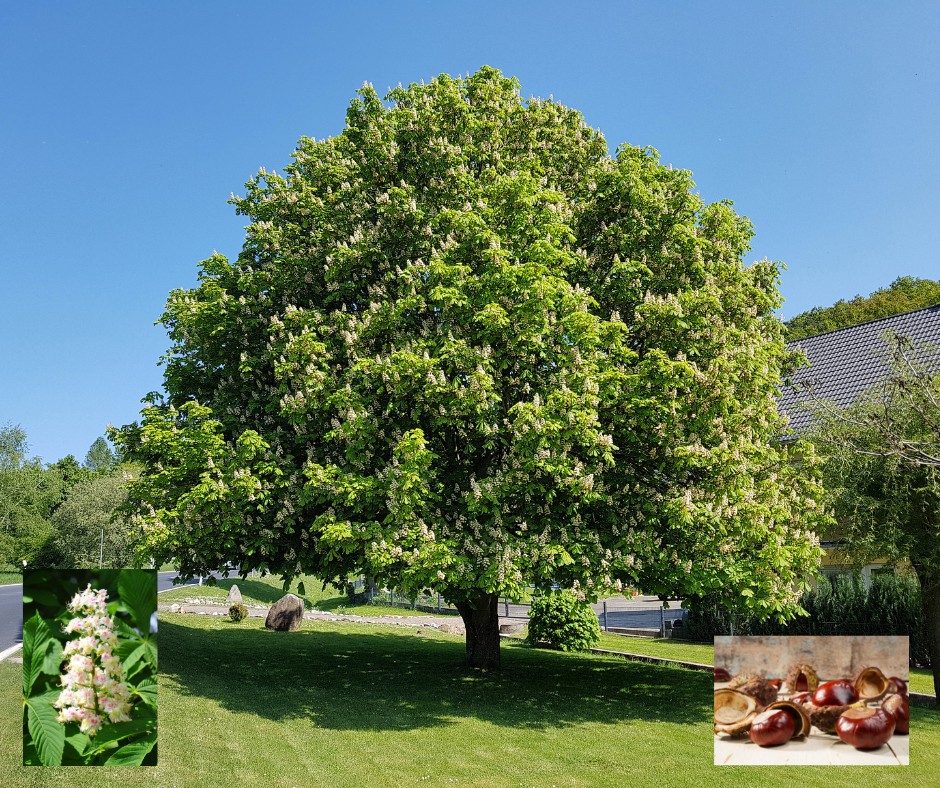
Native!
(Fun fact: This is Ohio's State Tree)
What is this native plant? Its leaves change color with the seasons and the plant contains a sticky, long-lasting oil called urushiol that causes an itchy, blistering rash after it touches your skin.
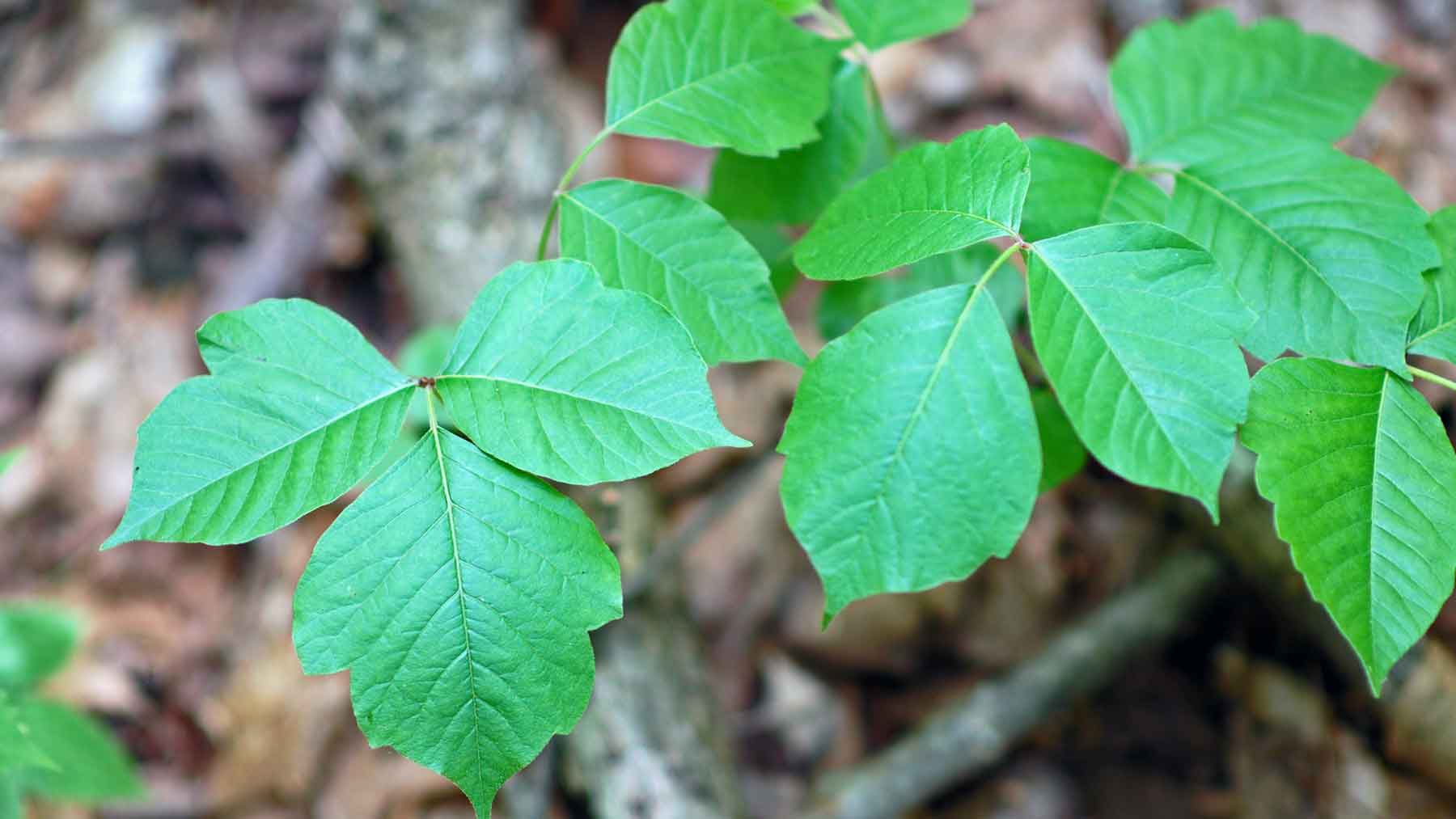
Poison Ivy!
What is this non-native plant? It is native to Eurasia and is thought to have been brought to the United States intentionally because it was used medicinally. Make a wish!
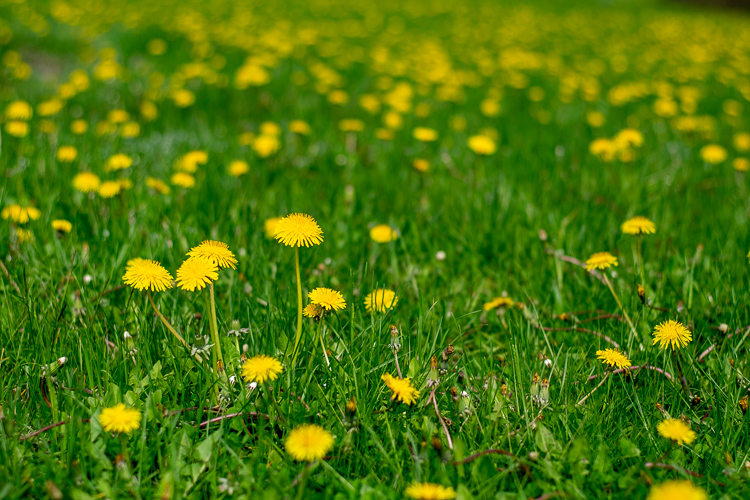
Dandelion!
How are non-native plants spread by the natural functions of the earth?
Seeds are spread by wind and water.
Plants that do not grow naturally in an area, but are introduced accidentally or on purpose by humans
Non-native plants
Tree of Heaven

Non-native (invasive)
What is this native plant? These golden flowers can be seen on the side of many roads and highways from late summer through the fall in Ohio.
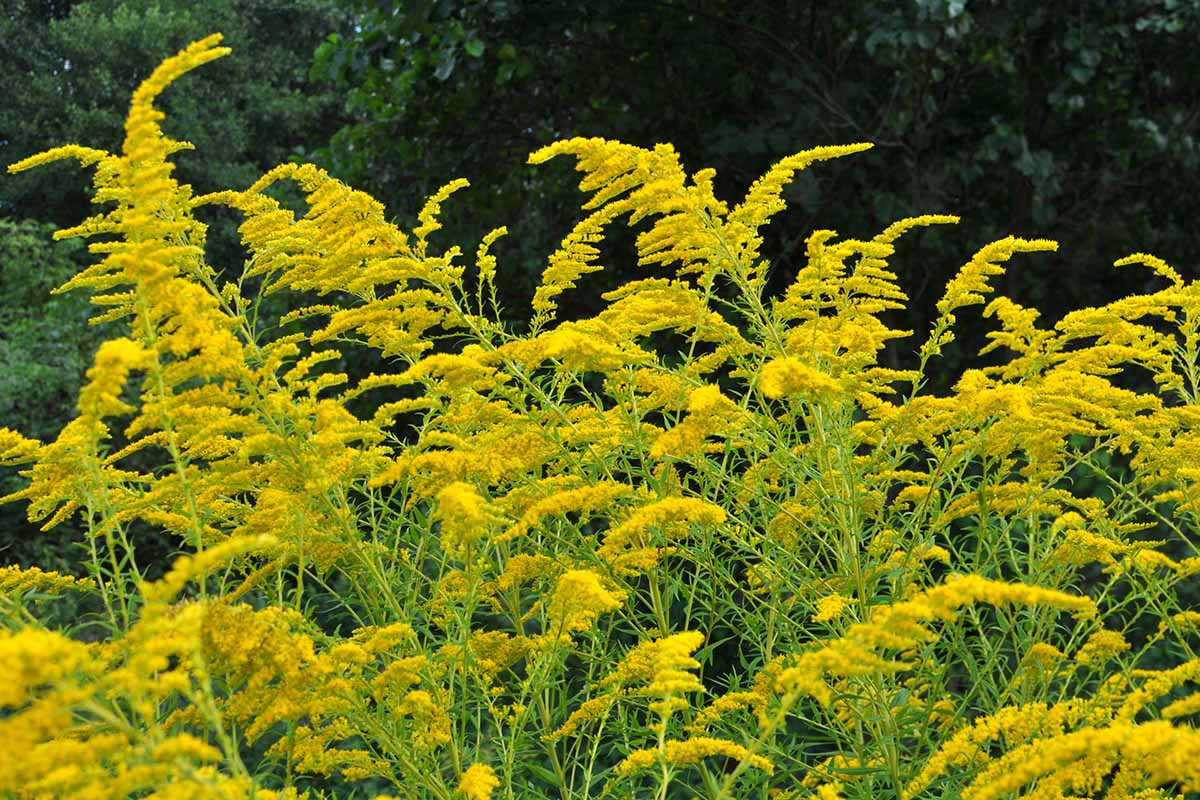
Goldenrod!
What is this non-native plant? It is native to Europe, Western Asia, and Northern Africa. It was brought to the United States intentionally in the 1700s as a ground cover plant for landscaping. It is a very aggressive invasive plant due to how quickly it grows across the ground and up into trees and onto buildings.
English Ivy!
How are non-native plants spread by animals?
Seeds can be spread when they stick to an animal's feet and fur or when their droppings contain seeds.
A non-native organism that becomes overpopulated and harms its new environment
Invasive species
Great White Trillium
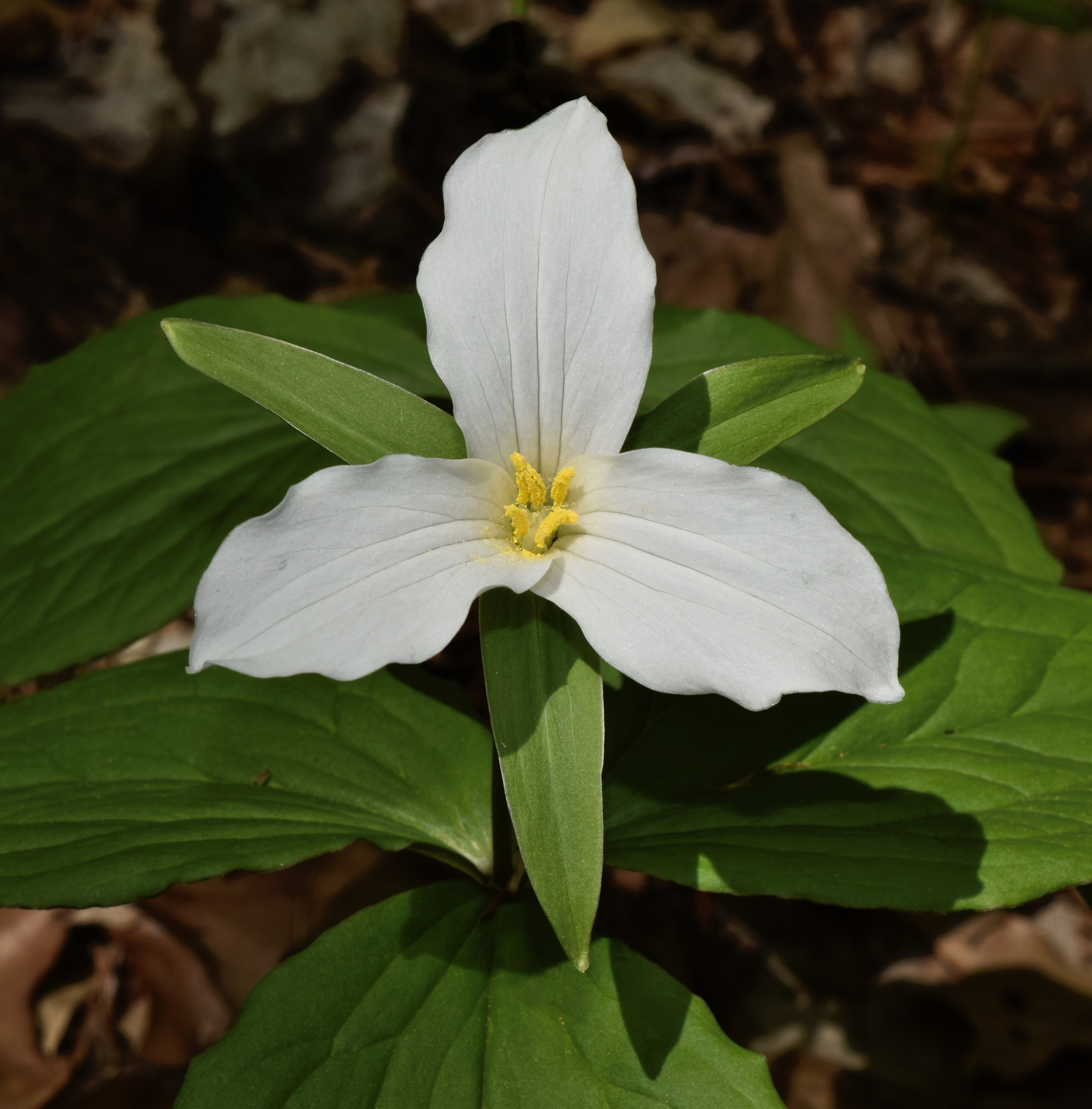
Native!
(Fun fact: this is Ohio's State Wildflower!)
What is this native plant? Depending on the season, this plant has small, white flowers or poisonous berries that start out green and slowly turn dark purple over time. The flowers/berries grow along a cluster along a pink stem.

American Pokeweed!
What is this non-native plant? It is native to Europe and was brought to the United States intentionally because it was used medicinally.

Garlic Mustard!
How are non-native plants spread by gardening?
Some invasive plants are considered beautiful so people intentionally plant them in their gardens.
The number of non-native plants found in Ohio
750
Purple Coneflower
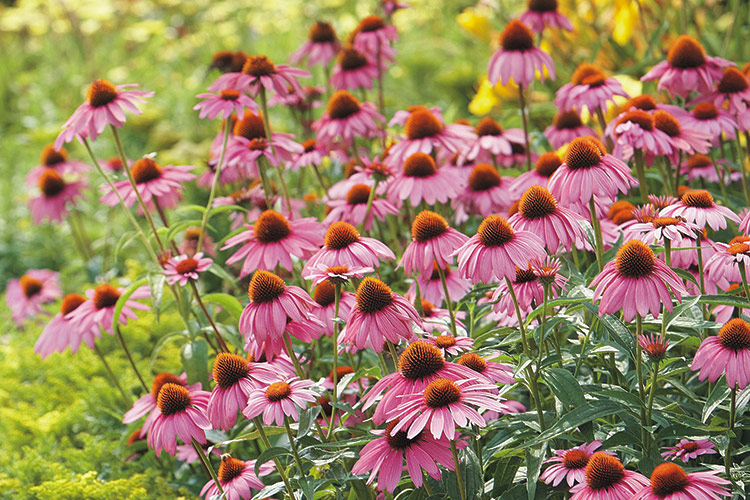
Native!
What is this native plant? This tree is one of the most common trees used in landscaping in the United States. The foliage can be white, pink, or red.

Flowering Dogwood!
What is this non-native plant? It is native to Eastern Asia and was brought to the United States intentionally as a decorative plant for landscaping. Depending on the season, this plant has white flowers or poisonous red berries.

Amur Honeysuckle!
How are non-native plants spread by vehicles?
Seeds can get stuck on cars, trucks, bikes, trailers, planes, snowmobiles, trains, and boats and travel with them anywhere.
Invasive species cost North America how much money each year?
$26 billion each year since 2010
https://www.invasivespeciesinfo.gov/subject/economic-and-social-impacts
Kentucky Bluegrass
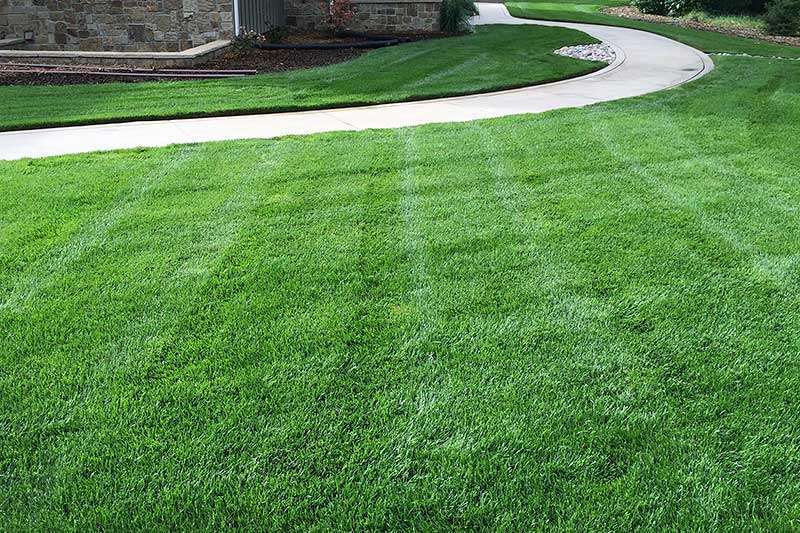
Non-native
(Fun fact: This is most likely the type of grass you see around you in Central Ohio. Kentucky bluegrass is an invasive non-native plant in the Great Plains states [North Dakota, South Dakota, Montana, Wyoming, Nebraska, Colorado, Kansas])
What is this native plant? This tree turns a bright, bold shade of red in the fall. The fruit it releases is often called a "helicopter" or a "whirlybird" but they are officially called "samaras".
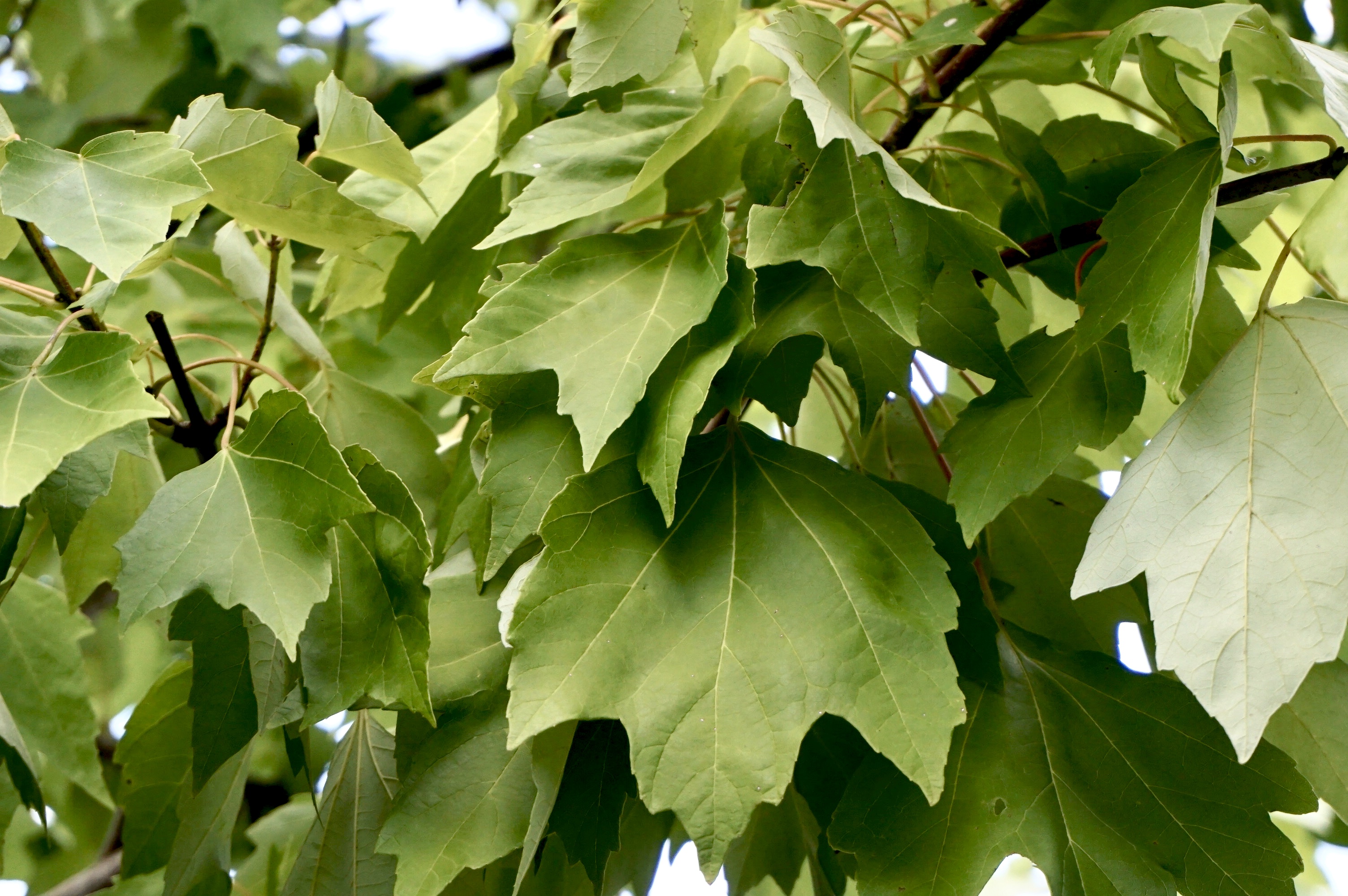
Red Maple Tree!
What is this non-native plant? It is native to Northern China and was brought to the United States intentionally to feed silk worms. This invasive tree is slowly starting to outcompete and replace a similar native tree.

White Mulberry Tree!
It is outcompeting and replacing the native Red Mulberry Tree.
How are non-native plants spread by farming?
Plants and their seeds can hide in hay, animal feed or seed mixtures and get planted unintentionally.